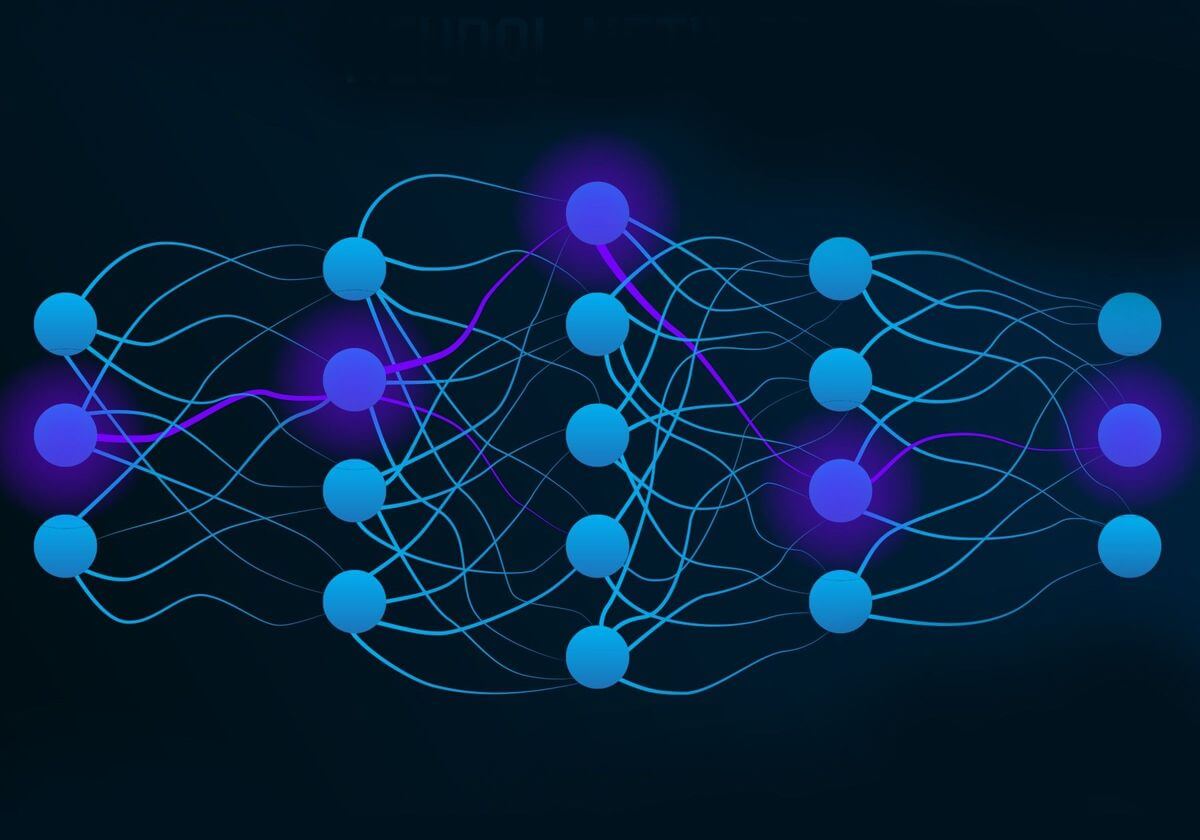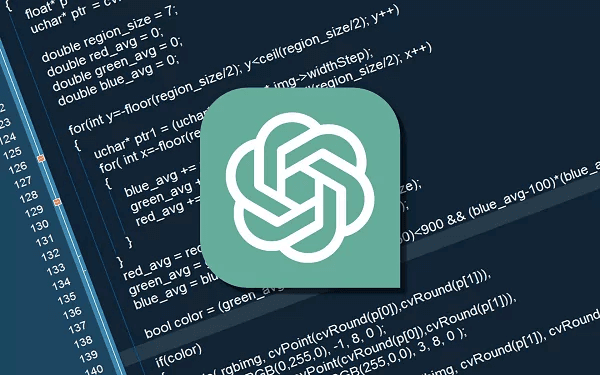How Deep Learning is Revolutionizing Software Engineering: Predictive Maintenance, Automated Code Generation, and Bug Detection
Introduction
The rise of deep learning has brought a paradigm shift in various industries, and software engineering is no exception. From enhancing predictive maintenance to automating complex code generation tasks and detecting bugs, deep learning has introduced innovative methods to tackle age-old challenges. With its ability to learn from vast datasets and improve over time, deep learning is becoming an essential tool for software engineers looking to optimize processes, reduce costs, and improve software quality. But what exactly does deep learning bring to the table for software engineering? Let’s dive into the various applications, use cases, and future trends that are reshaping this field.

Understanding Deep Learning in Software Engineering
Deep learning, a subset of artificial intelligence (AI), uses neural networks with multiple layers to simulate human decision-making processes. It can analyze massive datasets, learn patterns, and make decisions with minimal human intervention. In the context of software engineering, deep learning leverages this ability to automate complex tasks, such as code generation and bug detection, which traditionally require human expertise.
Key concepts in deep learning include neural networks, layers, nodes, and weights. Neural networks, the backbone of deep learning models, consist of layers that process input data and produce outputs. Each node in a layer represents a function, while weights determine the importance of each node. These models can be trained on large datasets, adjusting their weights to minimize errors and improve performance over time. As a result, deep learning can adapt to new patterns, making it ideal for applications that require constant learning and optimization.
Key Applications of Deep Learning in Software Engineering
-
Predictive Maintenance: Predictive maintenance in software engineering involves predicting potential system failures or performance degradation before they occur. Deep learning models analyze historical data, such as logs and system performance metrics, to identify patterns that precede failures. For example, companies like IBM and Microsoft use deep learning algorithms to predict server downtime and optimize maintenance schedules, reducing the risk of unexpected outages and minimizing costs. According to a report by McKinsey, predictive maintenance can reduce machine downtime by up to 50%, making it a valuable tool for software teams managing large infrastructures.
-
Automated Code Generation: Deep learning is also revolutionizing how developers write code. Automated code generation uses models trained on vast repositories of code to suggest, complete, or even generate code snippets. Tools like OpenAI's Codex, which powers GitHub Copilot, can assist developers by providing context-aware code completions and suggestions, significantly speeding up the development process. This application is especially useful for repetitive tasks, allowing developers to focus on more complex and creative aspects of software engineering.
-
Bug Detection and Fixing: Bug detection is another area where deep learning has made significant strides. Traditional static and dynamic analysis tools often struggle with false positives and require considerable manual effort to identify real bugs. Deep learning models, on the other hand, can be trained on historical bug data to recognize patterns associated with coding errors. Facebook’s Sapienz and Google's Tricorder are examples of tools that use deep learning to detect bugs with higher accuracy, reducing the time and resources needed to maintain software quality.
Advantages and Challenges of Deep Learning in Software Engineering
Advantages:
-
Increased Efficiency: Deep learning models can process vast amounts of data faster and more accurately than humans, leading to faster software development cycles and reduced time-to-market.
-
Reduced Human Error: Automation of repetitive tasks like code generation and bug detection minimizes the risk of human error, ensuring higher software quality.
-
Cost Savings: By predicting maintenance needs and optimizing processes, deep learning can significantly reduce operational costs.
Challenges:
-
Data Dependency: Deep learning models require large datasets for training. In some cases, obtaining sufficient high-quality data can be challenging, especially for niche applications.
-
Interpretability: Deep learning models are often seen as “black boxes” because they do not easily provide insights into their decision-making processes. This lack of transparency can be problematic in critical applications.
-
Computational Costs: Training deep learning models requires significant computational resources, which can be expensive and may not be feasible for all organizations.
Practical Tips for Leveraging Deep Learning in Software Engineering
-
Start Small and Scale Up: Begin by identifying areas within your software engineering process that can benefit the most from deep learning. This might be automating repetitive tasks, like code reviews or bug triaging, and then gradually expanding to more complex applications.
-
Invest in Data Preparation: Quality data is crucial for the success of deep learning models. Ensure that you invest time in cleaning and preparing your datasets. This includes removing noise, handling missing values, and ensuring the data is representative of the use cases you want to address.
-
Choose the Right Tools and Frameworks: Utilize popular deep learning frameworks like TensorFlow, PyTorch, or Keras, which offer pre-built models and tools for software engineering tasks. Open-source libraries and platforms like GitHub Copilot can provide valuable resources for getting started.
-
Focus on Collaboration: Encourage collaboration between data scientists and software engineers. Deep learning projects often require a mix of domain knowledge, mathematical expertise, and software development skills. A multidisciplinary approach can lead to more effective solutions.
-
Keep Up with Emerging Trends: The field of deep learning is constantly evolving. Stay updated with the latest research, tools, and techniques. Attend webinars, participate in online courses, and join communities to exchange knowledge and stay ahead of the curve.

Conclusion
Deep learning is redefining software engineering by introducing new ways to automate, optimize, and innovate. From predictive maintenance and automated code generation to enhanced bug detection, the potential applications are vast and transformative. While there are challenges to overcome, the benefits of integrating deep learning into software engineering processes are significant. By leveraging this technology, software teams can achieve greater efficiency, reduced costs, and improved software quality. As deep learning continues to evolve, its role in shaping the future of software engineering will only become more pronounced. Embrace the change, stay informed, and consider how you can apply deep learning in your own software projects today.
This SEO-optimized blog post offers a comprehensive overview of deep learning applications in software engineering, highlighting its impact, challenges, and practical tips for leveraging its potential.